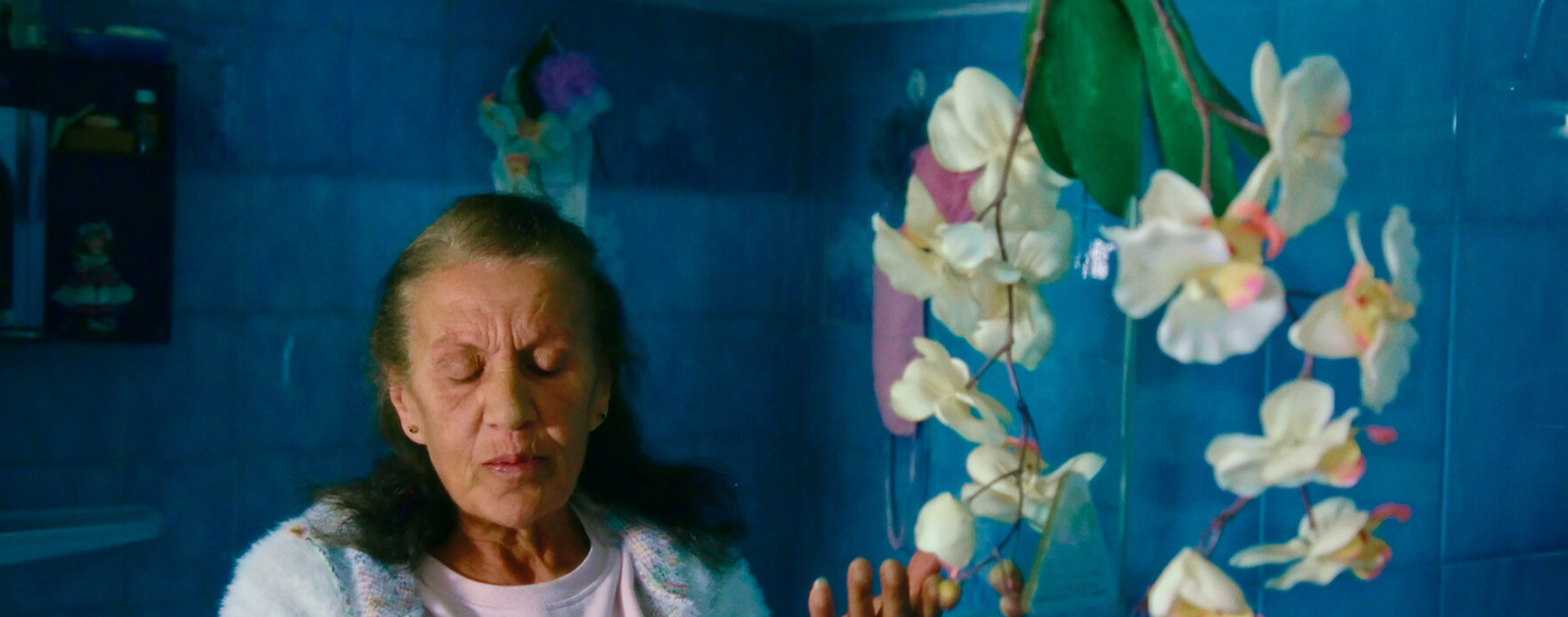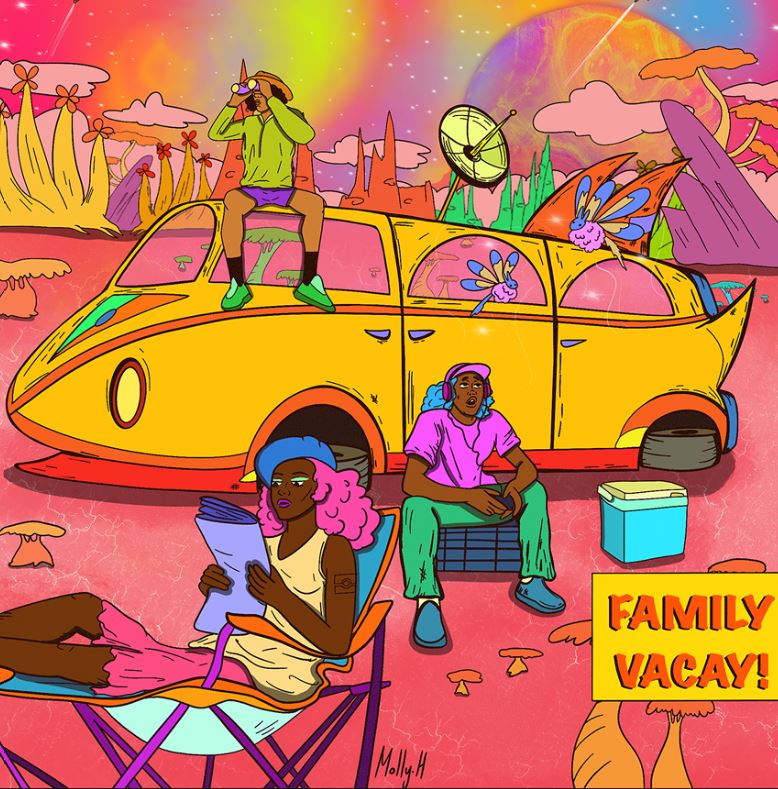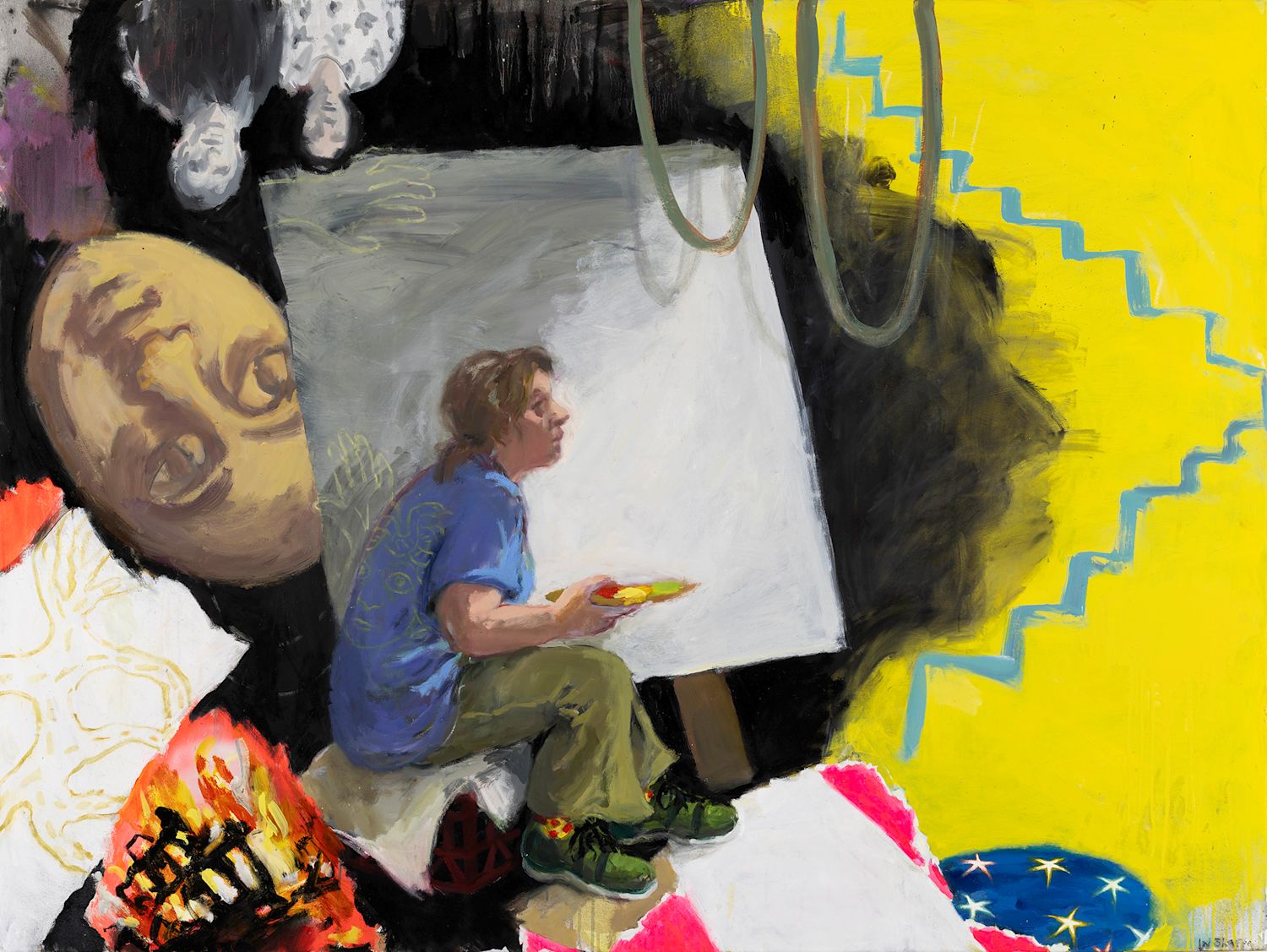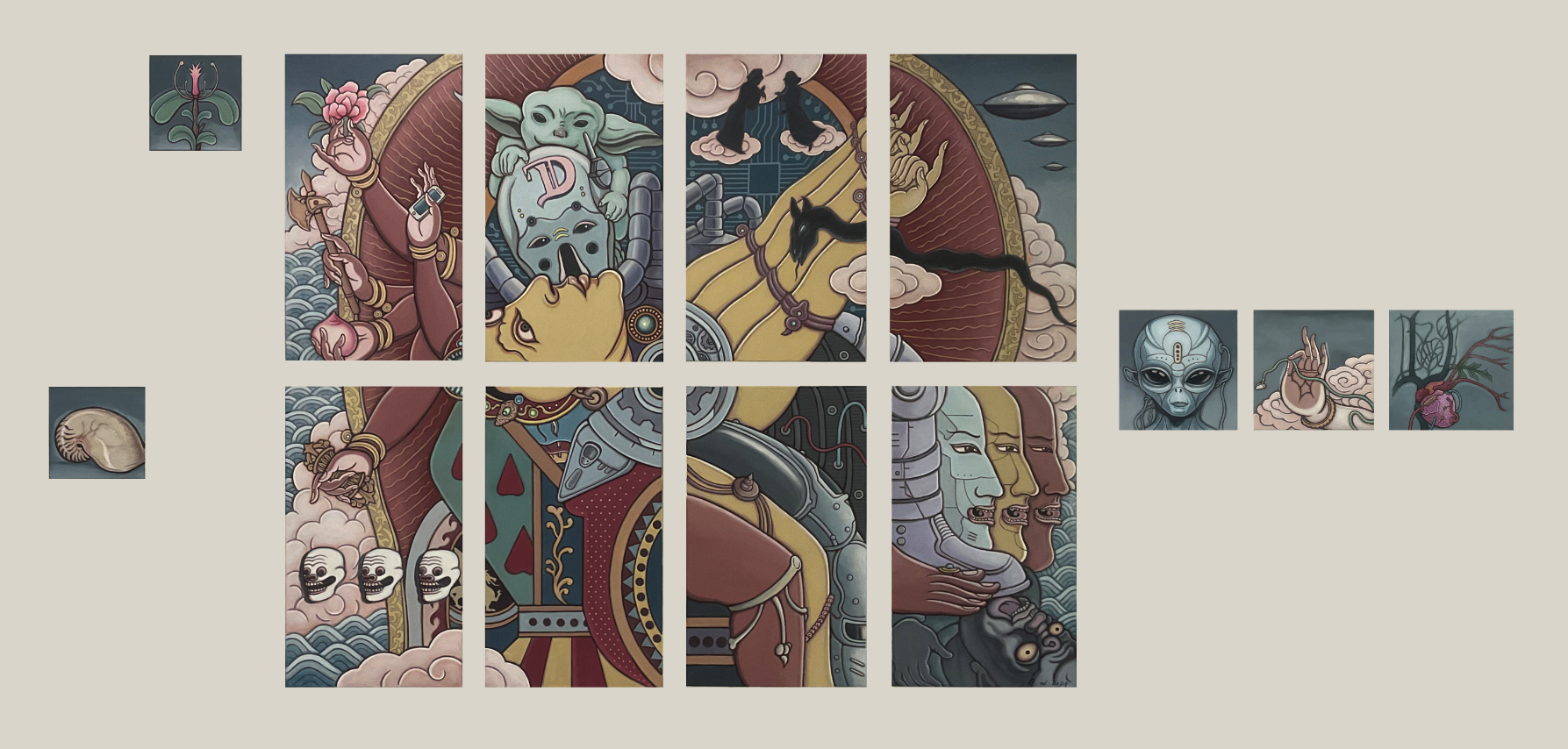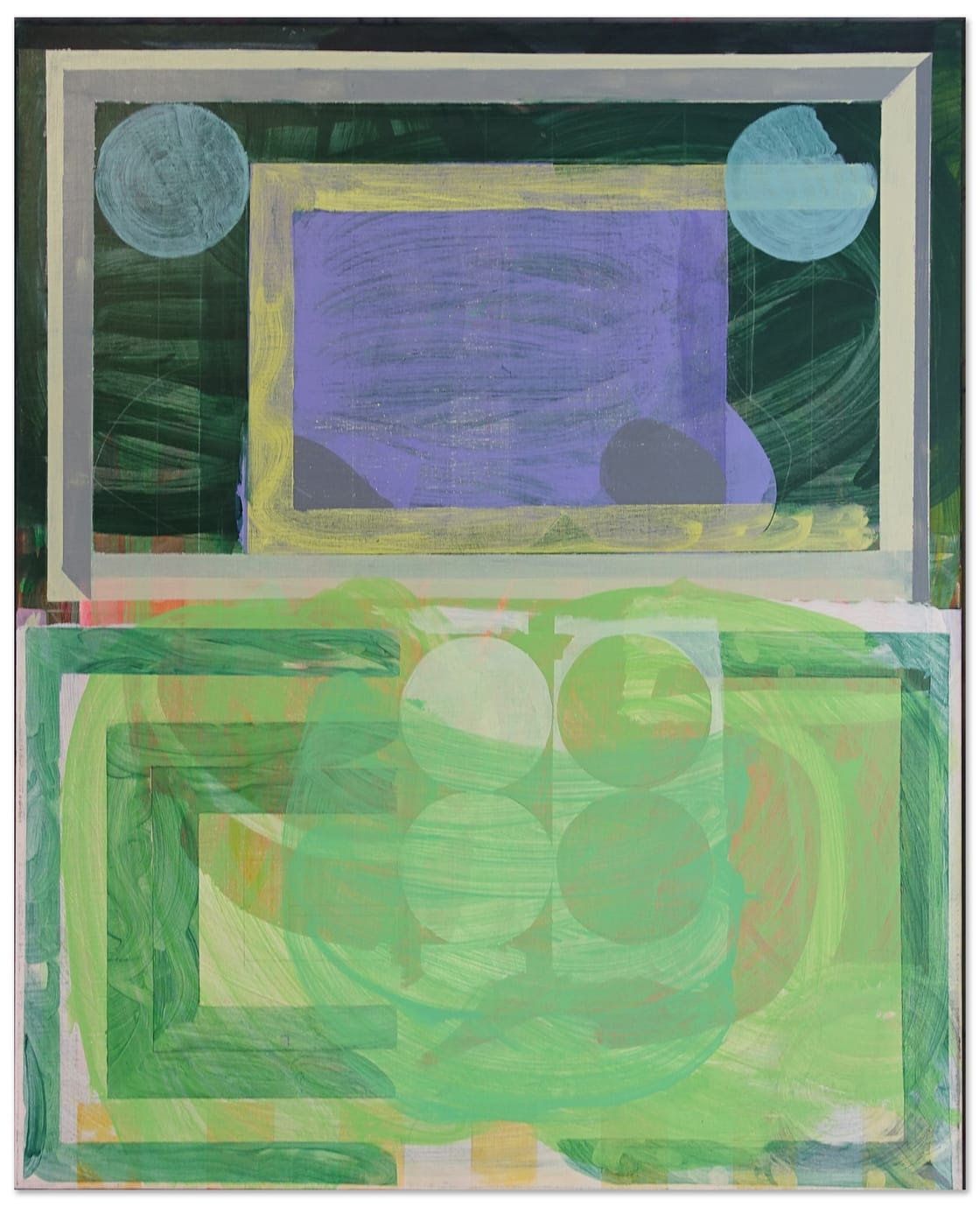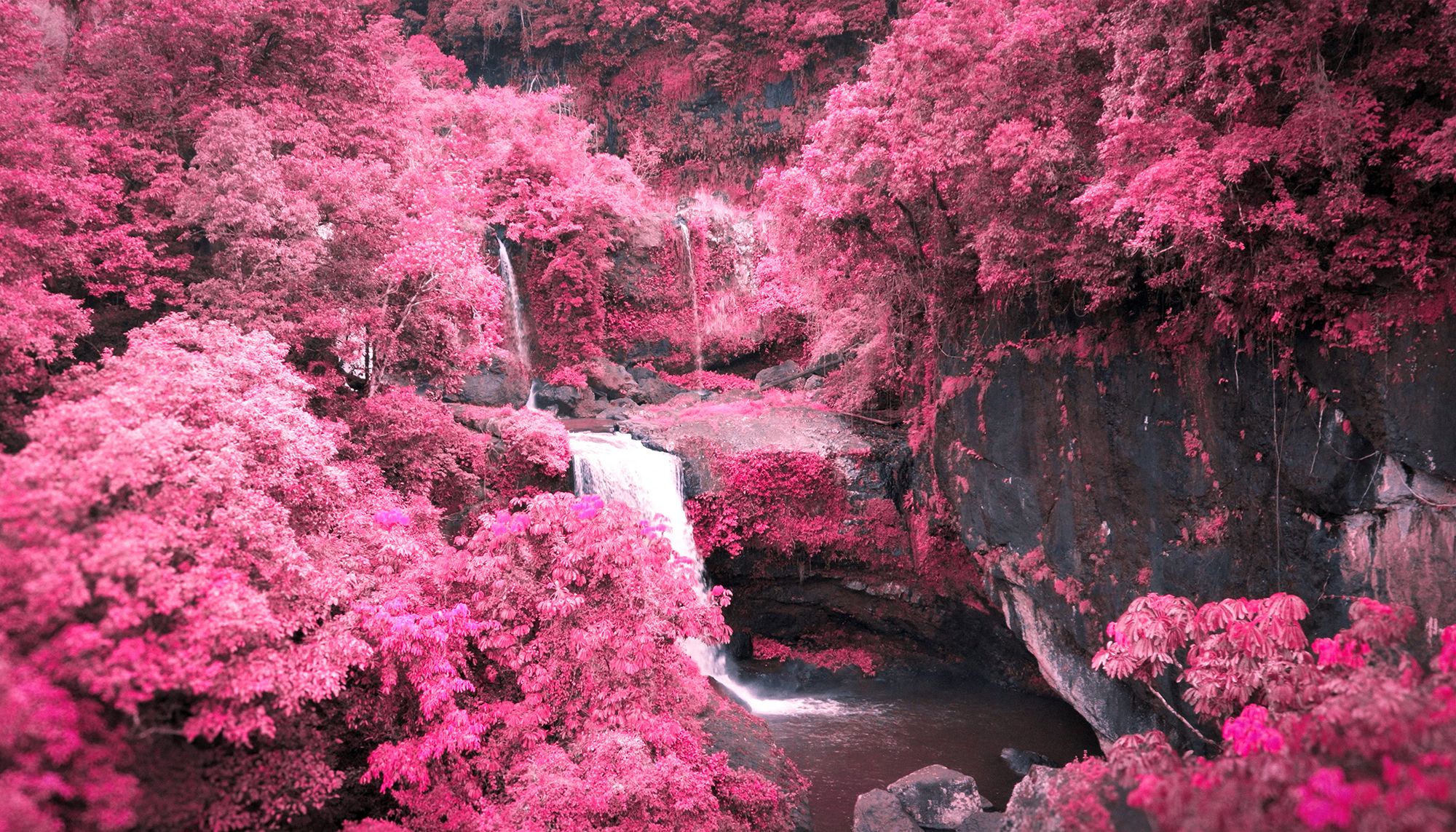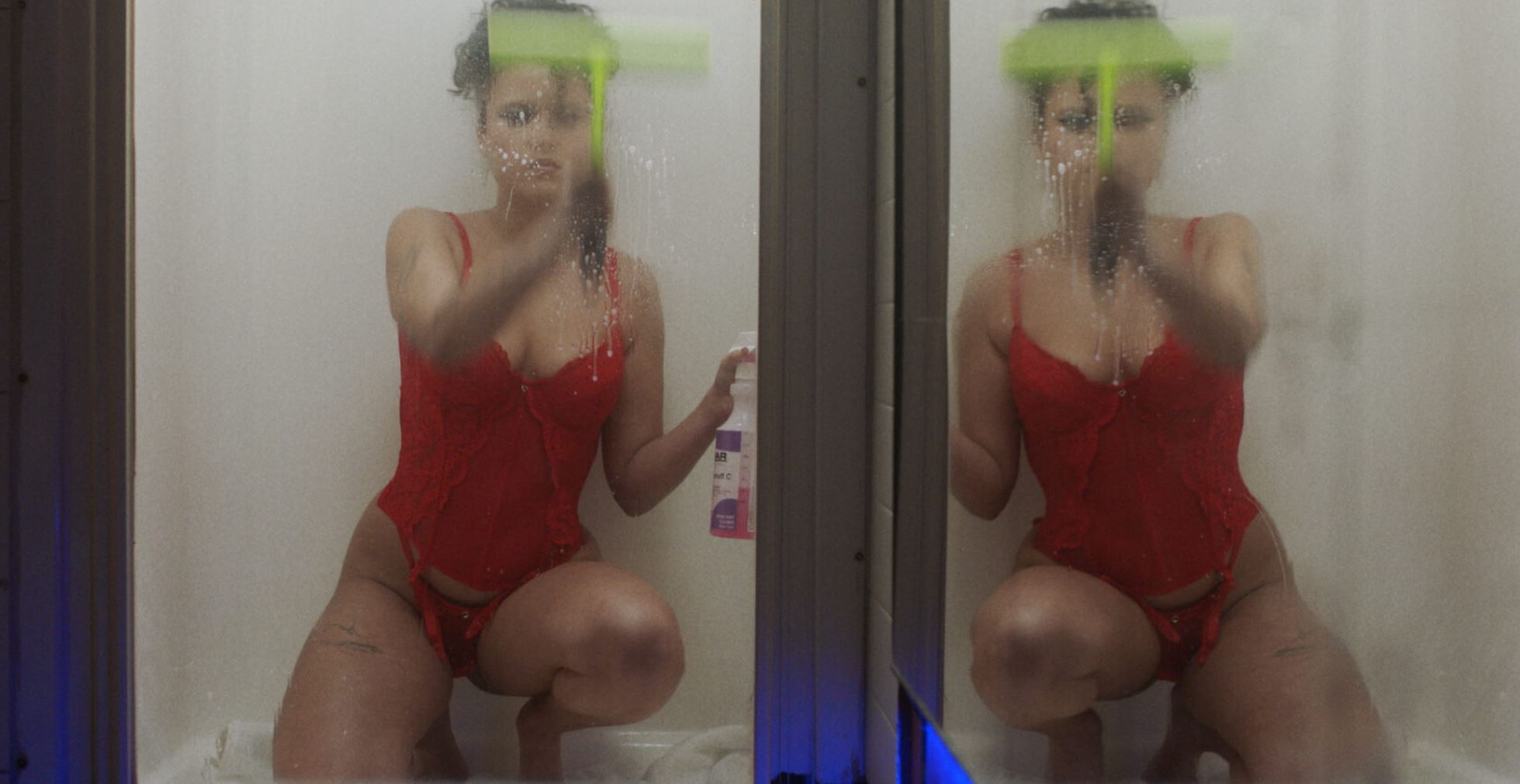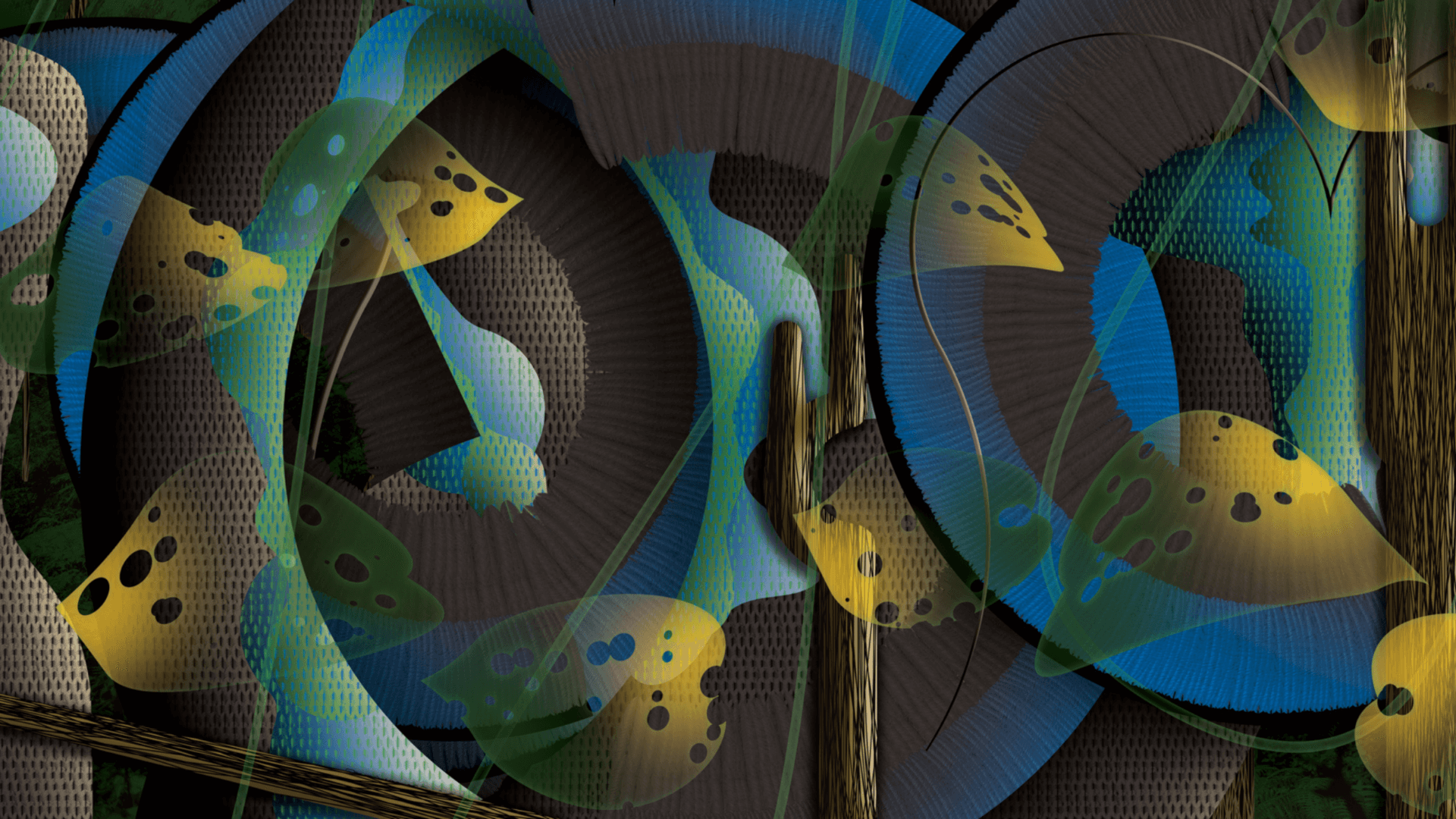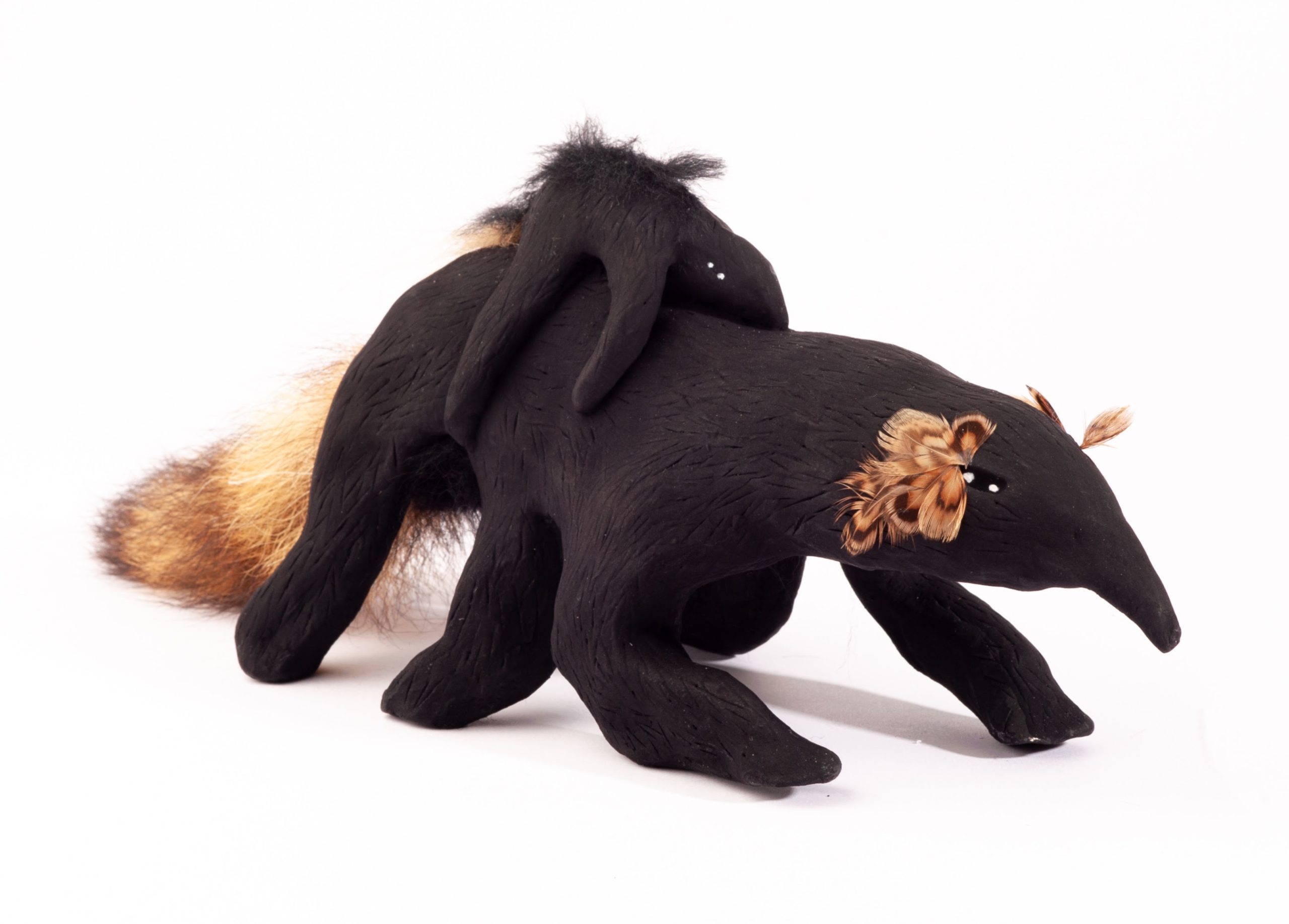Relationships to land and the endurance of rituals are central to the work of Darug/Sydney-based artist Justine Youssef. Her multi-sensory installation, Somewhat Eternal, reveals the manifold impacts of displacement, and considers our complicity in reproducing these conditions.
For generations, Youssef’s family have used their knowledge of the ecology of their village in Lebanon to survive famine and military occupation, and heal everyday ailments and misfortunes. Central to the exhibition is a three-channel video documenting Youssef’s aunt performing R’sasa, or molybdomancy, an alchemic practice of clearing the ‘evil eye’ using molten lead, sourced from bullets that are found in abundance in the region.
Installations of embroidered textiles tell the histories of plants with complex relationships to land subjugation, occupation, and renewal. Each textile is scented by aromatic waters, distilled from the plants using a process the artist inherited matrilineally.
Somewhat Eternal expands from familial narratives to consider broader cycles of dispossession. Through the maintenance of cultural practices, now fragmented and altered across geographies, lies belief in the alternatives and futures they offer us.
Justine Youssef is a Darug/Sydney-based artist whose work uncovers links between family ritual, superstition, ecology, displacement, and settler relationships to land through scent, performance, video, and installation. Her work has been exhibited at the Hawai’i Triennale (2022); Powerhouse Museum, Sydney (2022); and Museum of Contemporary Art, Sydney (2021). She was the 2019 recipient of the Copyright Agency’s John Fries Award.
Somewhat Eternal is a co-commission by Adelaide Contemporary Experimental, the Institute of Modern Art, and UTS Gallery & Art Collection. It is supported by the Creative Australia’s Visual Arts and Crafts Strategy (VACS) Major Commissioning Projects fund and the Gordon Darling Foundation.
Image: Justine Youssef, ‘Somewhat Eternal’, 2023

